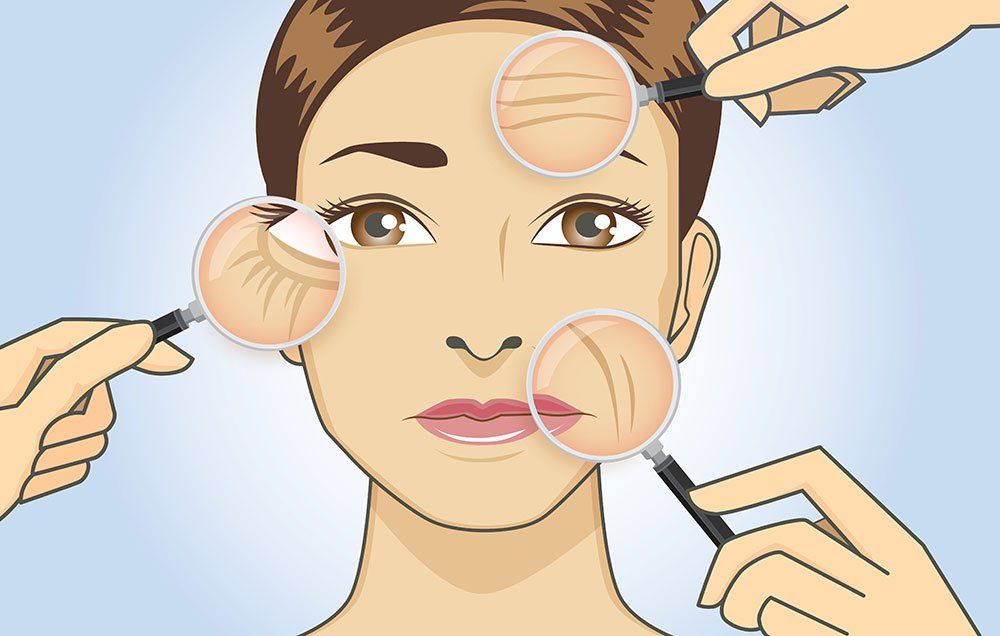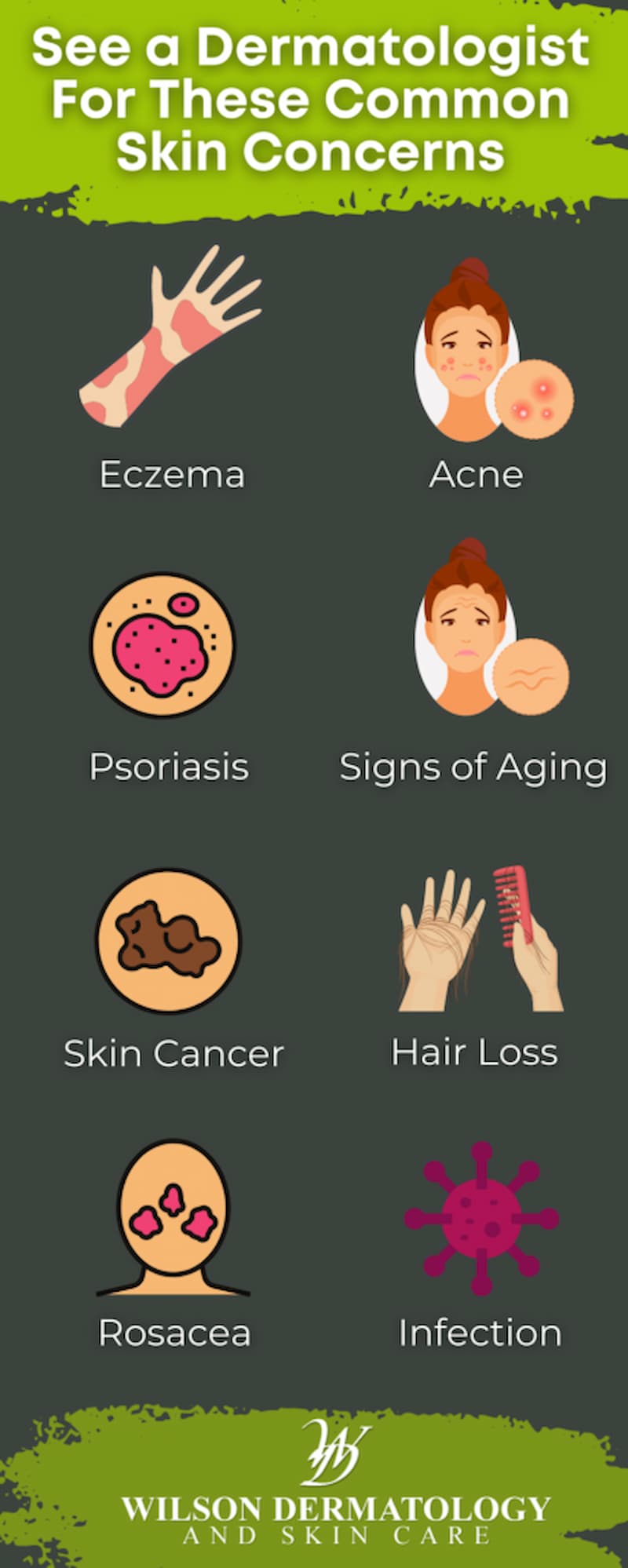Protect yourself from skin cancer risks and prevention methods.
Protect yourself from skin cancer risks and prevention methods.
Blog Article
Browsing Skin Cancer Treatment: The Crucial Duty of Mohs in Modern Dermatology Practices
Skin cancer cells, a daunting diagnosis, commonly leaves people grappling with many treatment options. As we explore the ins and outs of this procedure, one will certainly value its essential role in skin cancer cells treatment.
Comprehending Skin Cancer: Types and Threats
Skin cancer cells, a potentially life-threatening ailment, is far a lot more common than several people recognize. This condition, triggered by the uncontrolled development of uncommon skin cells, primarily results from DNA damage because of exposure to the sunlight and ultraviolet (UV) light. There are three major kinds of skin cancer: Basal cell cancer, Squamous cell cancer, and Melanoma. While the previous two are less dangerous and comprise most of diagnosed instances, cancer malignancy is one of the most dangerous. It accounts for just concerning 1% of skin cancer instances yet creates the vast bulk of skin cancer cells deaths - hair loss. Threat aspects consist of fair skin, background of sunburn, too much sun direct exposure, living at high elevations or shut to the equator, having lots of moles, a household history of skin cancer, and deteriorated immune system.
What Is Mohs Surgical treatment and Exactly How It's Transforming Skin Cancer Therapy
In spite of the many therapies currently offered for skin cancer, Mohs surgery stands out as a groundbreaking and extremely efficient solution. Called after Frederic E. Mohs, the physician who established the procedure, Mohs surgery is a precise medical strategy made use of to deal with skin cancer cells. This level of precision, incorporated with the capacity to save as much healthy tissue as feasible, is changing skin cancer cells therapy.
The Benefits of Mohs Surgery Over Standard Skin Cancer Cells Therapies
Structure on the innovative nature of Mohs surgical procedure, it's important to consider its many benefits over typical skin cancer treatments. Unlike standard operating procedures, Mohs uses a greater remedy rate, usually reaching 99% for novice treatments and 94% for recurrent cancers. This precision is because of its distinct strategy of considerably getting rid of and checking out cells layers up until just cancer-free cells remain (chemical peel). Furthermore, it lessens damages to healthy skin, bring about much less scarring and improved aesthetic end results. Mohs additionally supplies prompt results, eliminating the anxiety-ridden wait usual with other approaches. It's cost-effective, as the surgical treatment and tiny examination take place concurrently, getting rid of the requirement for extra lab services. Thus, Mohs represents a substantial improvement in dermatological techniques.
The Treatment of Mohs Surgery: What to Expect Throughout the Refine

Prospective Side Impacts and Post-Operative Treatment of Mohs Surgical Procedure
Undertaking Mohs surgery, like any other surgery, entails possible adverse effects that clients should know. Usual adverse effects include discomfort, bruising, and swelling at the surgical treatment site. These are usually short-term and workable with over-the-counter pain medicine and ice packs. In rare cases, patients may experience infection, blood loss, or an allergy to the regional anesthetic. Post-operative treatment is crucial to healing and decreasing negative effects. This usually includes maintaining the injury tidy and dry, taking proposed medications, and avoiding arduous activities. Patients need to also participate in all follow-up Read Full Report visits for injury care and monitoring. In some cases, additional therapies might be needed to make certain complete removal of the cancerous cells. Complying with these post-operative treatment standards can considerably enhance recovery and results.
Final thought

Report this page